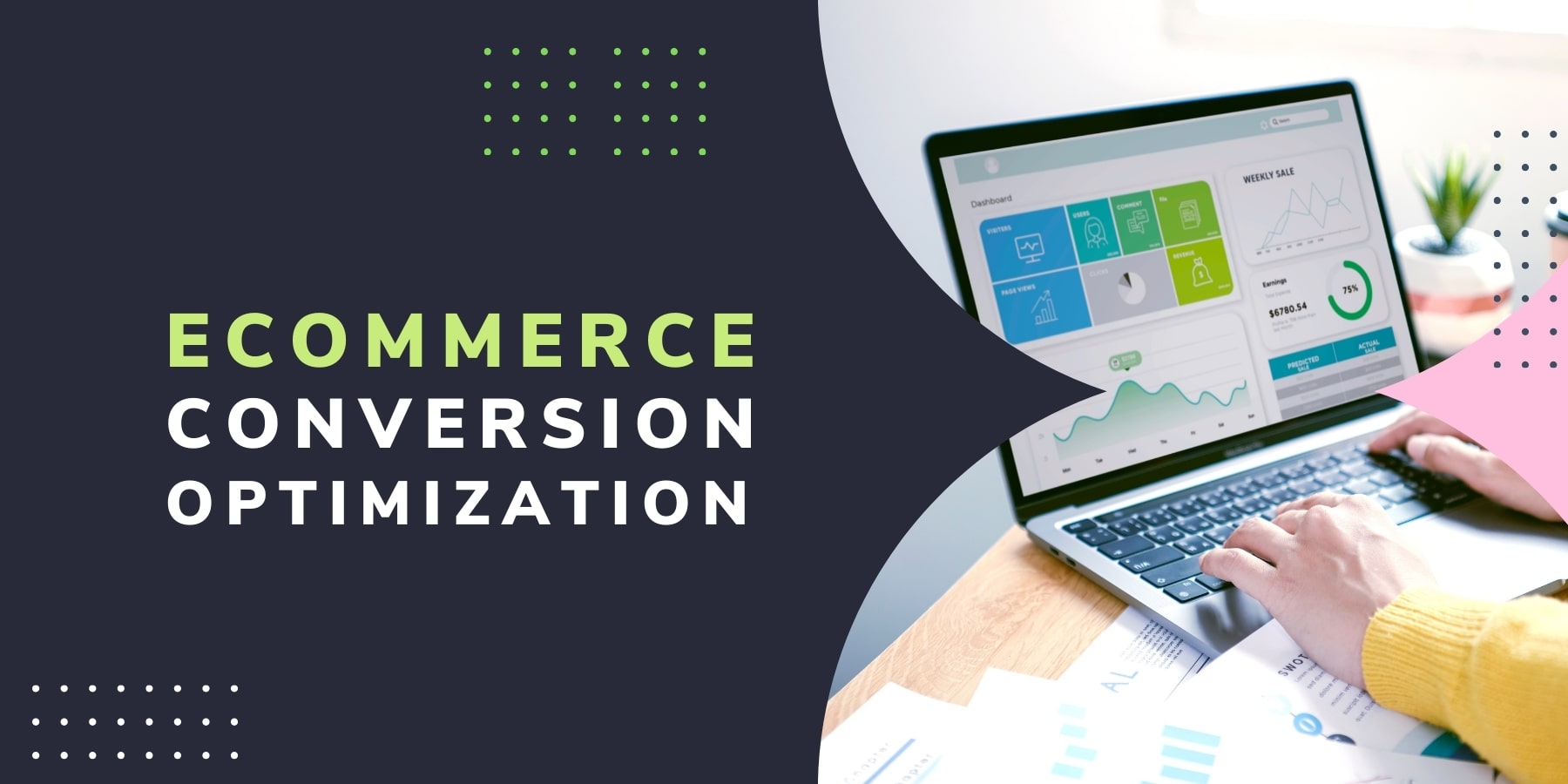How To Maximize Your Online Store’s Potential with Conversion Optimization
In the digital marketplace, where competition is fierce and attention spans are shorter than ever, optimizing your online store for maximum conversion is not just beneficial—it’s essential. My journey through e-commerce has taught me that understanding and implementing conversion optimization can transform your online presence, driving sales and enhancing customer satisfaction.
This article is not just about the theoretical aspects of ecommerce conversion optimization but a testament to the tangible results it can yield when applied strategically. Let’s dive into how you can maximize your online store’s potential through ecommerce conversion optimization.
Table of Contents
The Role of Product Content Management
What is product content management? It’s organizing, storing, and managing all the content related to the products on your e-commerce site. Effective product content management is crucial because it ensures potential customers find accurate, helpful, and compelling information about your selling. This can significantly impact your conversion rates, as high-quality product descriptions, images, and videos can persuade visitors to make a purchase.
- High-Quality Images and Videos: Visuals play a pivotal role in e-commerce. They allow customers to see what they’re buying, which is particularly important since they can’t physically touch or inspect the products.
- Detailed and Engaging Descriptions: Product descriptions should do more than just describe. They should sell. Highlight benefits, not just features, and use language that resonates with your target audience.
- User Reviews and Ratings: Incorporating customer reviews and ratings provides social proof, building trust with potential buyers.
Understanding Ecommerce Conversion and Content Optimization
At its core, ecommerce conversion optimization is the art and science of increasing the percentage of visitors who take a desired action on your website. This could range from making a purchase, signing up for a newsletter, or any other goal relevant to your business. The process involves a deep understanding of your users—what they want, what they value, and how they navigate your online store.
Meanwhile, ecommerce content optimization goes hand in hand with product content management. It’s about ensuring that the content on your site is not only compelling but also search engine friendly. Here’s how to increase ecommerce conversion rate through content optimization:
- Keyword Optimization: Use relevant keywords in product titles, descriptions, and meta tags to improve search visibility.
- Clear Call-to-Actions (CTAs): Every product page should have a clear, compelling call-to-action that guides visitors towards making a purchase.
- Mobile Optimization: With an increasing number of consumers shopping on their smartphones, ensuring your content is optimized for mobile is non-negotiable.
Top 8 Ecommerce Conversion Optimization Strategies
Ecommerce conversion optimization involves a multitude of strategies, each designed to address different aspects of the user experience. Here are some key tactics:
1. A/B Testing
A/B Testing is not just about changing colors or button placement but understanding how these changes impact user behavior. You can gain insights into customer preferences and optimize their journey by methodically testing different versions of your website’s elements, from headlines to product descriptions. This approach allows for data-driven decisions that incrementally improve the user experience and ecommerce conversion rates.
2. Speed Optimization
Speed optimization involves compressing images, leveraging browser caching, and minimizing JavaScript and CSS files, among other technical strategies. This enhances the user experience and positively affects your site’s SEO, further increasing your visibility and potential traffic.
3. Personalization
Personalization goes beyond just recommending products based on browsing history. It involves creating a tailored shopping experience at every touchpoint based on user data such as location, past purchases, and search queries.
Implementing advanced personalization technologies can transform a generic shopping experience into a highly individualized one, dramatically boosting engagement and conversion rates.
4. Streamlined Checkout Process
Simplifying the checkout process involves more than reducing the number of steps. It’s about creating an intuitive flow that guides the customer seamlessly from the cart to the confirmation page. This includes clear progress indicators, guest checkout options, and easy navigation to product pages without losing cart contents. A smooth checkout experience reduces frustration and encourages repeat business.
5. Enhanced Product Visualization
Investing in high-quality images, 360-degree views, and augmented reality (AR) experiences can significantly impact decision-making. Enhanced product visualization gives customers a better feel for the product, reducing uncertainty and the likelihood of returns. This immersive approach can efficiently produce high-value items or products with essential texture and detail.
6. Social Proof and Reviews
Integrating customer reviews and ratings directly on product pages is powerful social proof, influencing buying decisions. Showcasing honest customer feedback, including user-generated photos or videos, adds authenticity and can address common concerns or questions prospective buyers might have. Additionally, leveraging social media to highlight positive reviews and customer stories can build trust and credibility.
7. Live Chat Support
Implementing live chat support provides immediate assistance to visitors, helping to resolve queries or concerns in real time. This instant communication can decide between a sale and an abandoned cart. By offering personalized guidance, live chat can enhance the shopping experience, increase customer satisfaction, and directly contribute to higher conversion rates.
8. Mobile Optimization
Mobile optimization is no longer optional, with more consumers shopping on their smartphones. This involves designing your site with a mobile-first approach, ensuring that navigation, checkout, and overall site functionality are effortless on smaller screens. Optimizing for mobile caters to a large segment of your audience and contributes to your site’s SEO performance.
Key Takeaways
Concluding our exploration into maximizing your online store’s potential, remember these pivotal strategies for impactful ecommerce conversion optimization:
- Know Your Audience: Tailor your online experience to fit customer needs for a solid foundation in conversion optimization.
- Usability and Speed: Focus on a smooth, quick site experience to boost user satisfaction and conversion rates.
- Continuous Improvement: Employ A/B testing for data-driven enhancements, always seeking to refine and optimize.
We invite you to discuss this further in the comments or by connecting on our Linkedin account. For more insights, follow us and stay updated on the latest in customer support and online retail strategies.

Nandhini A
Nandhini A, with over 15 years of experience, currently serves as a Relationship Manager at Recruit Ninjas. Her expertise includes driving business process success, leading operations, and team development. She excels in optimizing efficiency and productivity, driving sales, and fostering high levels of customer satisfaction and retention.






